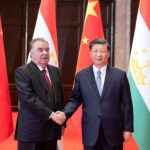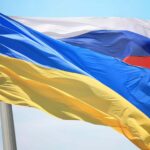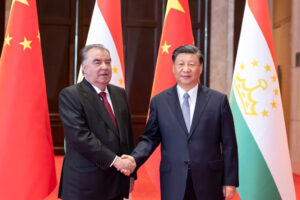Chilean renewables developer Susterra SpA has presented a USD-423-million (EUR 380.9m) green hydrogen project for an environmental review, seeking a permit to build electrolysers to serve the Calama mining industry in the region of Antofagasta, northern Chile.
Susterra’s environmental impact statement (EIS) filed with assessment agency SEA describes the company’s plan to install up to 200 MW of electrolysis capacity on land it secured under a concession from the Chilean ministry of national assets.
Its project, known as the Green Hydrogen Production Plant for the Calama Mining District, will be carried out in three phases, starting with a 20-MW electrolyser in the initial, prototype phase. The electrolysis capacity will grow to 100 MW in the second phase, and finally to 200 MW in the third phase.
The electrolysers will be powered by the nearby Valle de los Vientos wind farm, Susterra said in the EIS.
The firm expects its facilities to be able to produce 8,988 kg of green hydrogen per day in the first phase, increasing the output to 44,940 kg/day in the second and 89,880 kg/day in the third. Green hydrogen will be stored under high pressure and distributed to consumers by tube trailers.
The green hydrogen supplies to the nearby mining sites in the commune of Calama will contribute to reducing the industry’s carbon footprint by substituting the consumption of fossil fuels in the smelting, refining, transport and thermal processes, Susterra stated.
The project is part of the Chilean government’s Ventana al Futuro (Window to the Future) programme through which the ministry of national assets awarded the use of public land for green hydrogen production. Susterra won its concession in July this year, securing the right to use 13 hectares (32.1 acres) of land in Calama for its initiative.
(USD 1.0 = EUR 0.900)
Source: Renewables Now
















